We only spent about eight hours in Phnom Penh, we had planned on spending the night but bus schedules didn’t work out that way. I had heard that there was history there not to be missed, but I didn’t know much, hardly anything really.
We hopped in a tuktuk and headed to Cheung Ek, where from 1975-1978 over 17,000 men, women and children were tortured and killed and thrown in mass graves. We learned it was only one of hundreds of “killing fields” in Cambodia, that have been found so far.

Starting in 1975 the Khmer Rouge took over Cambodia and killed over 3 MILLION people, a third of Cambodia’s population. It hit me hard that this massive horrific genocide happened just a few years before I was born, yet it’s not something that is ever taught or talked about in our history books.
The killing fields were an orchard before the Khmer Rouge took them over, and it still looks beautiful from a distance, and peaceful. There’s a memorial now.
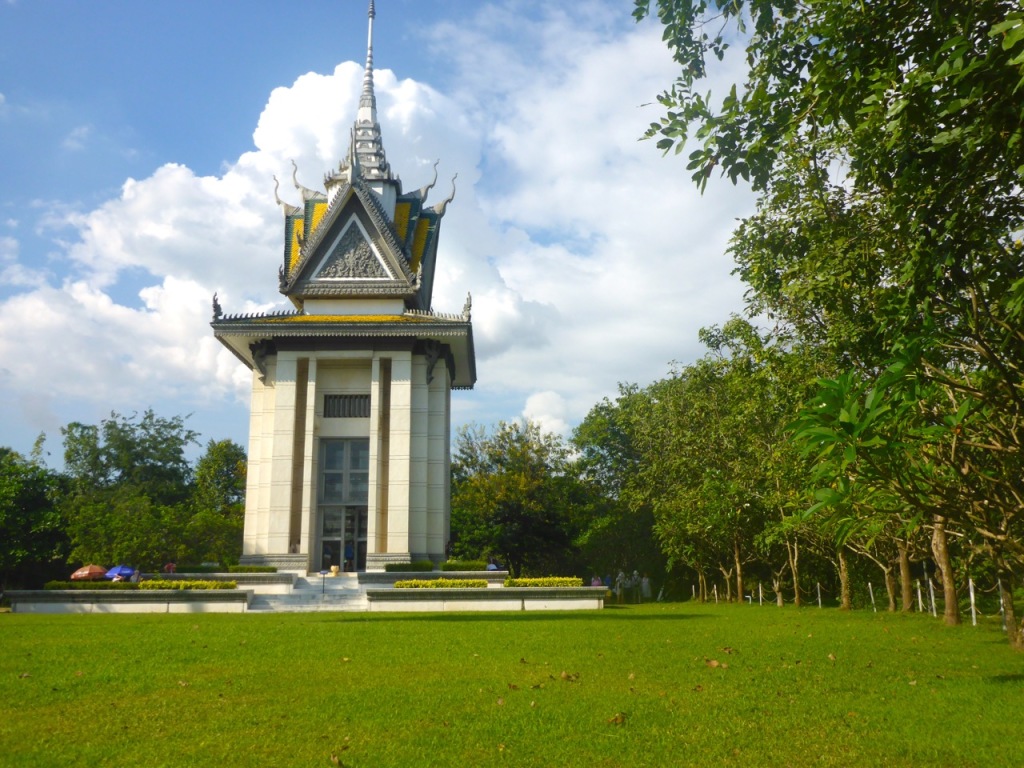
But as we walked around we heard the stories of torture. It was heartbreaking.
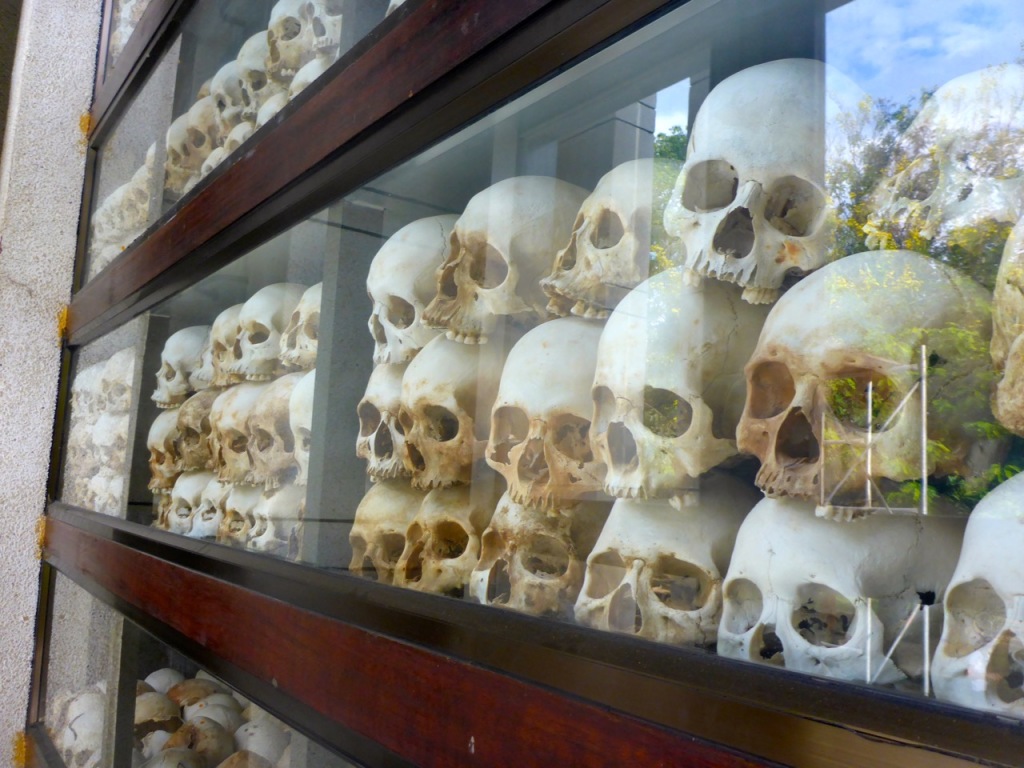
The Khmer Rouge wanted Cambodia to be a completely agricultural society and anything or anyone associated with other trades, with city life, with arts, education, business was wiped out. They had a saying “better to kill an innocent, then chance leaving a guilty person alive” – what’s a guilty person? Anyone who could be considered a business person or intellectual, for example, they killed people with soft hands, people who wore glasses. And they killed the whole family so there was no one left to want revenge – down to the babies.
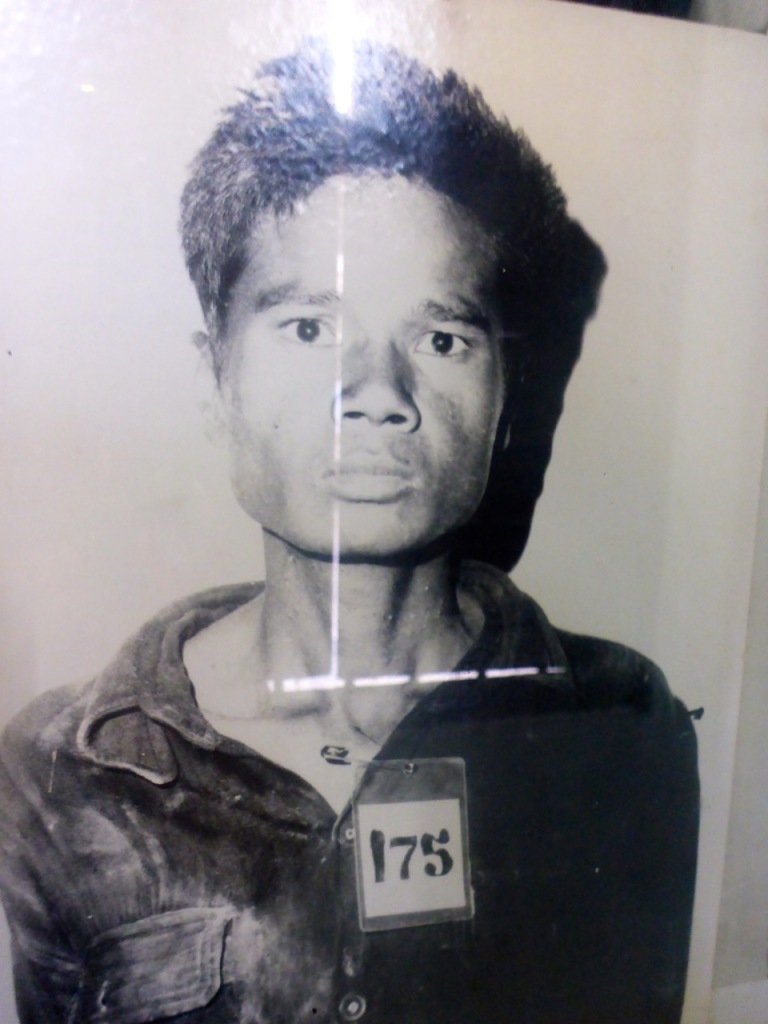
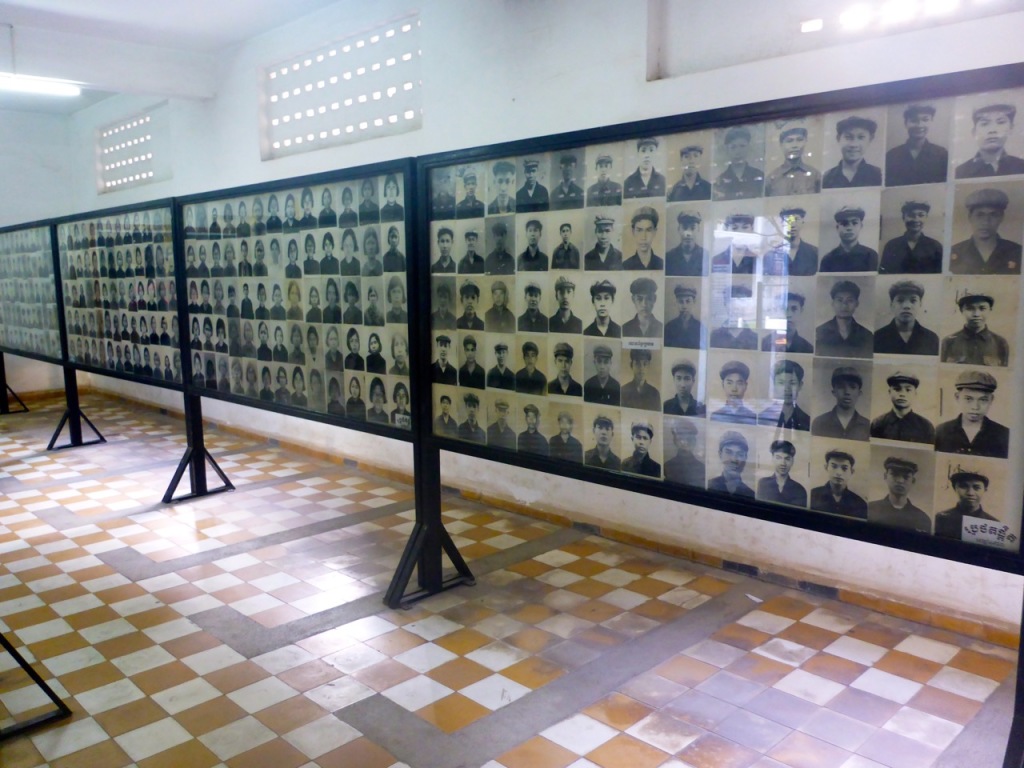
They were killing so many people that they didn’t want to have to buy bullets – so they bludgeoned people to death with whatever tool was handy, a hoe, a bamboo stick. And some were just thrown in the mass graves alive and covered with other bodies and DDT to kill them.
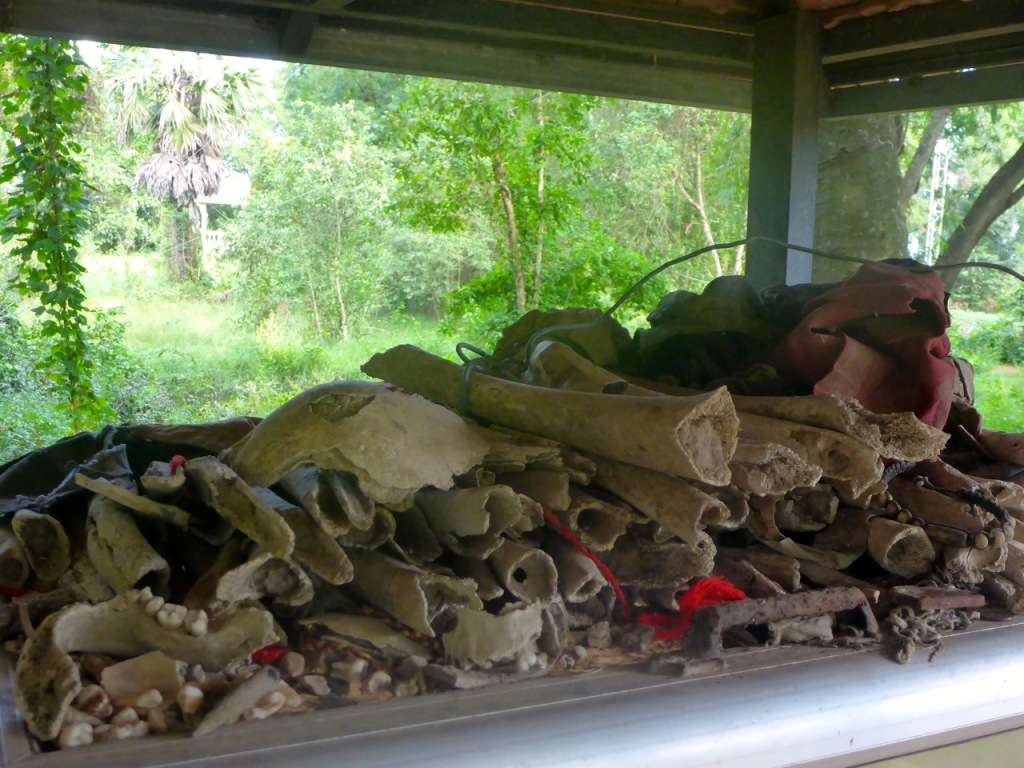
There are so many bodies there that they haven’t collected them all. Bones and clothing are still coming up in the ground as you walk – at such a rate that they only collect them once a month, and only the big pieces. As we walked along the path, we would step over a tooth, or a femur.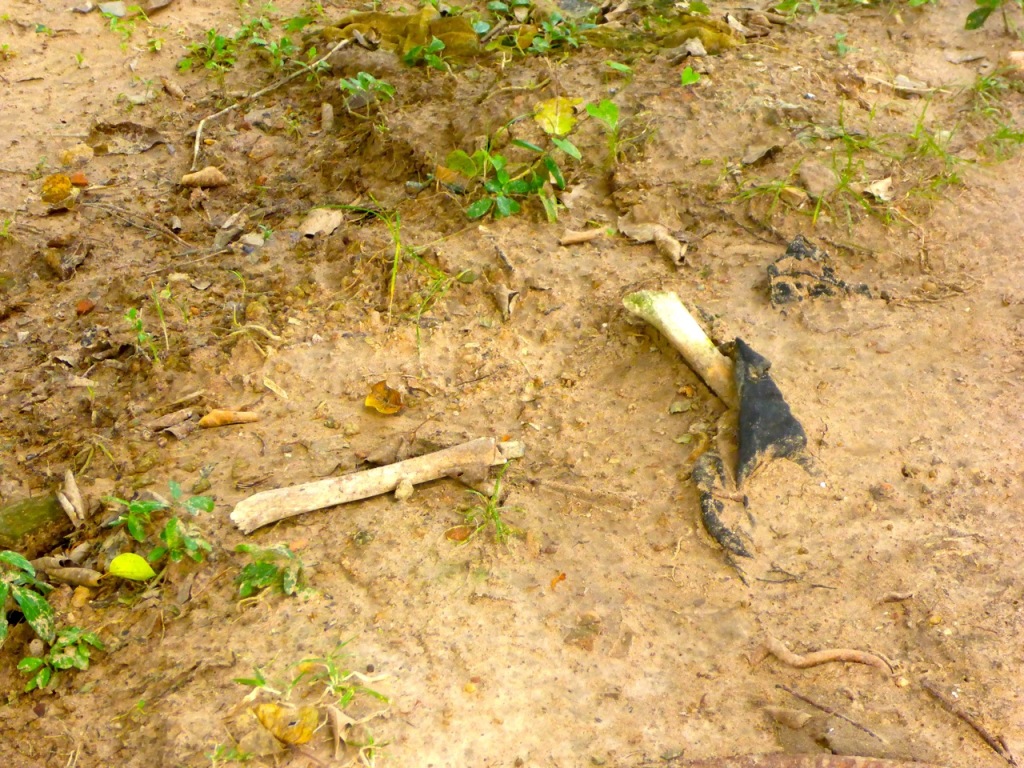
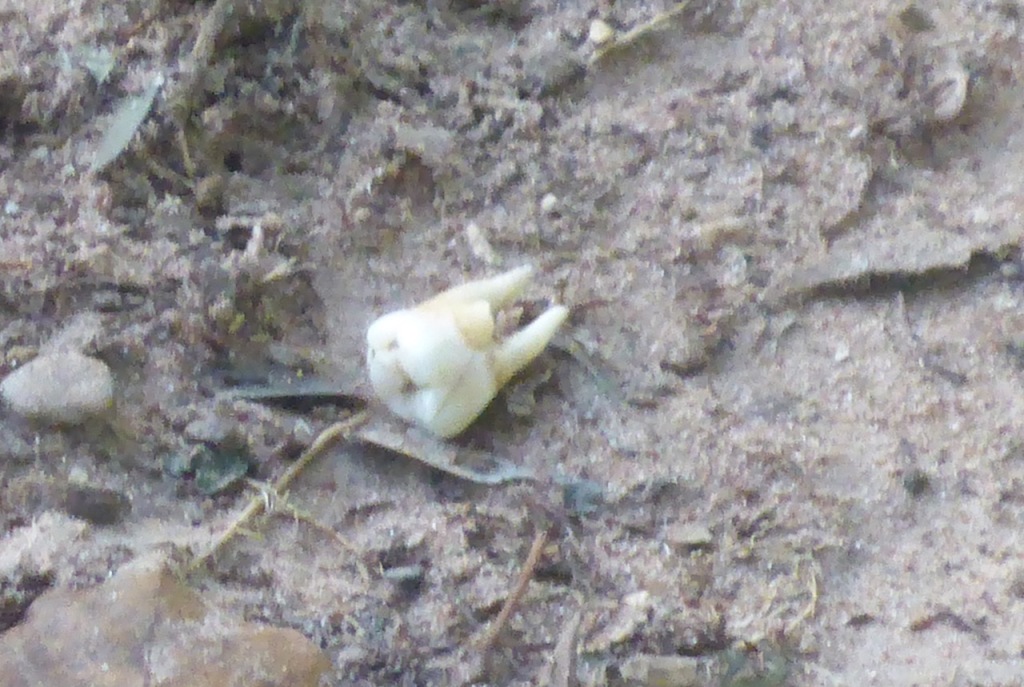
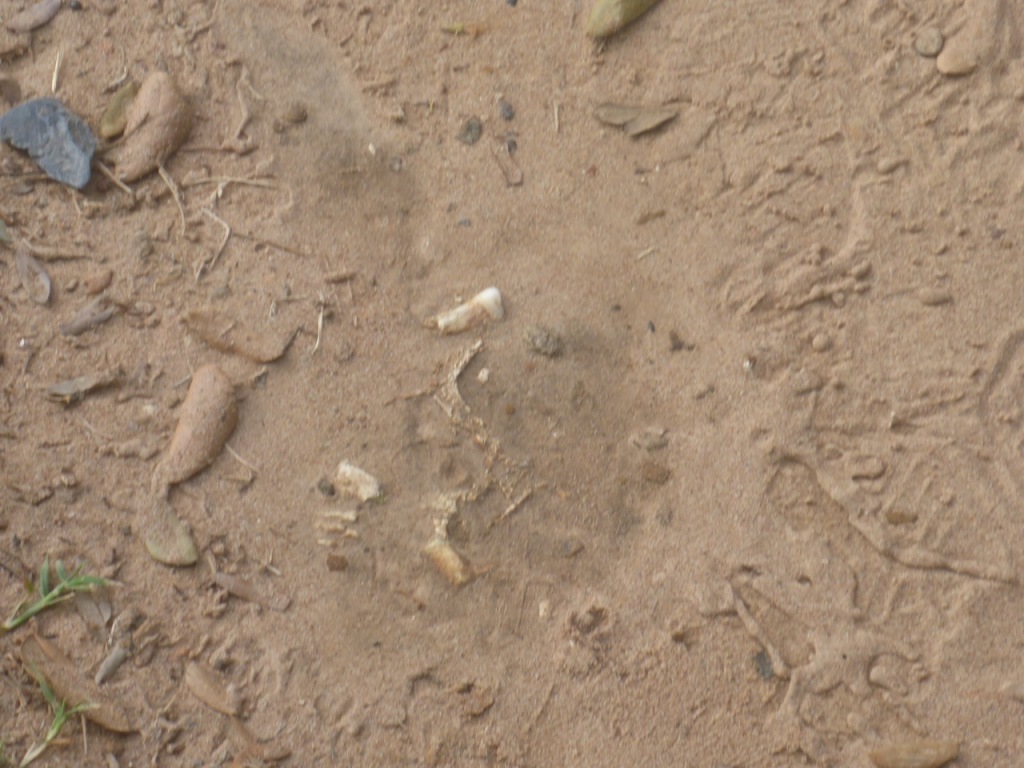
One of the most bone chilling areas is a tree they call “The Killing Tree”, here the Khmer Rouge would take mothers and babies. They would take the babies, hold them by their feet and swing their head into the tree to kill them. There is a pit right there of children’s bones.
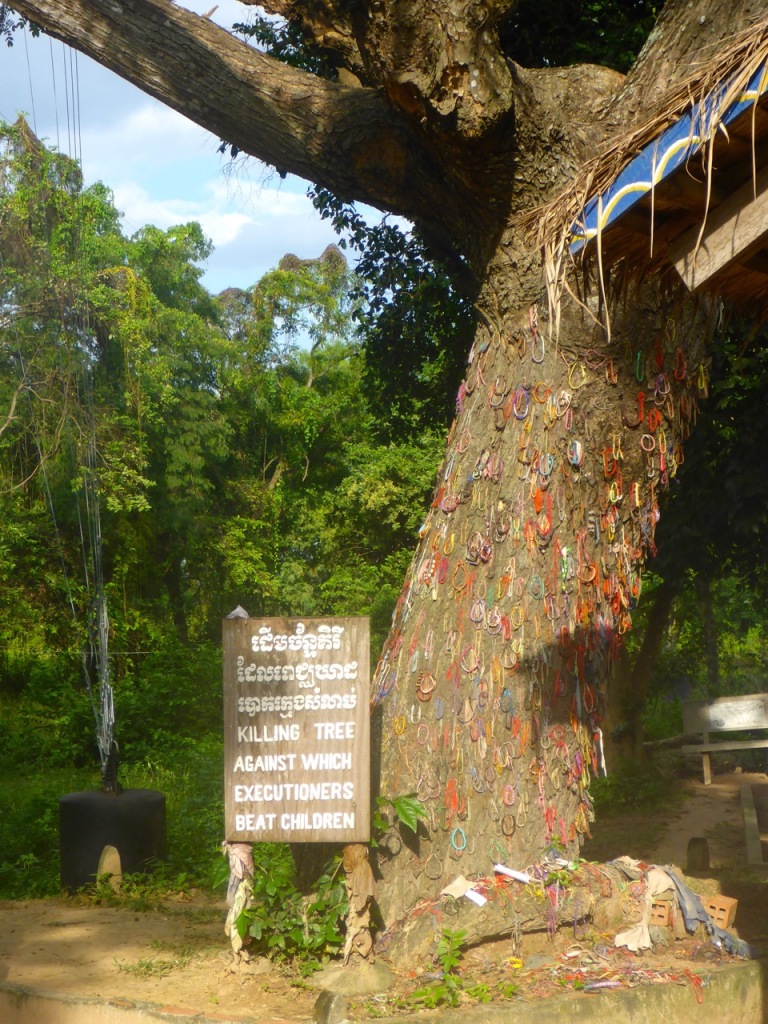
And what’s crazy is that until the 90’s the U.S. recognized the Khmer Rouge as the governing body of Cambodia, welcomed them in New York City for meetings. And the leaders are still living out their lives in Cambodia, not having been brought to justice yet.
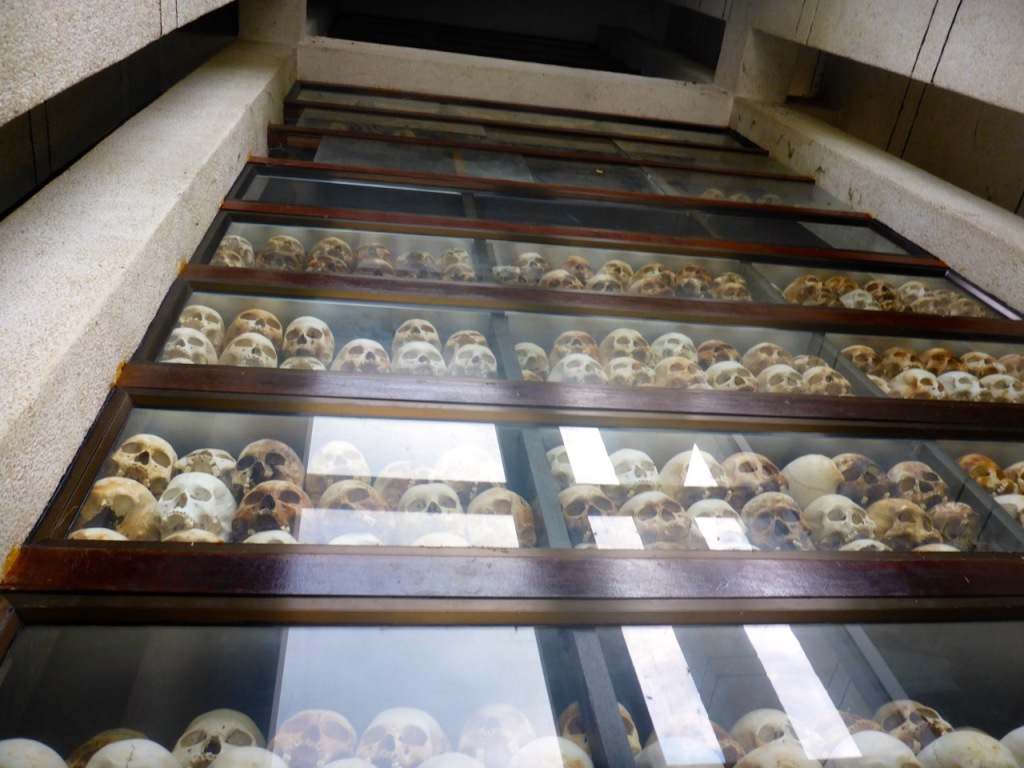 Even those that were not taken to the killing fields or tortured in the camps, nearly died of starvation when the Khmer Rouge forced all city dwellers into the country with no land, no knowledge of farming and no way to feed themselves.
Even those that were not taken to the killing fields or tortured in the camps, nearly died of starvation when the Khmer Rouge forced all city dwellers into the country with no land, no knowledge of farming and no way to feed themselves.
It was heartbreaking to look around at our tuk tuk driver, the lady selling fruit in the market, the man sitting next to me on the bench and think “you’re a survivor. You lived through that, and were probably tortured and lost family members.” But there’s still this incredible joy that radiates through the huge smiles everyone has, and Phnom Penh really is a beautiful city. I’m sad that I didn’t know more about this atrocity before traveling here. I’m sad this ever happened. It has been really eye opening and heart breaking.

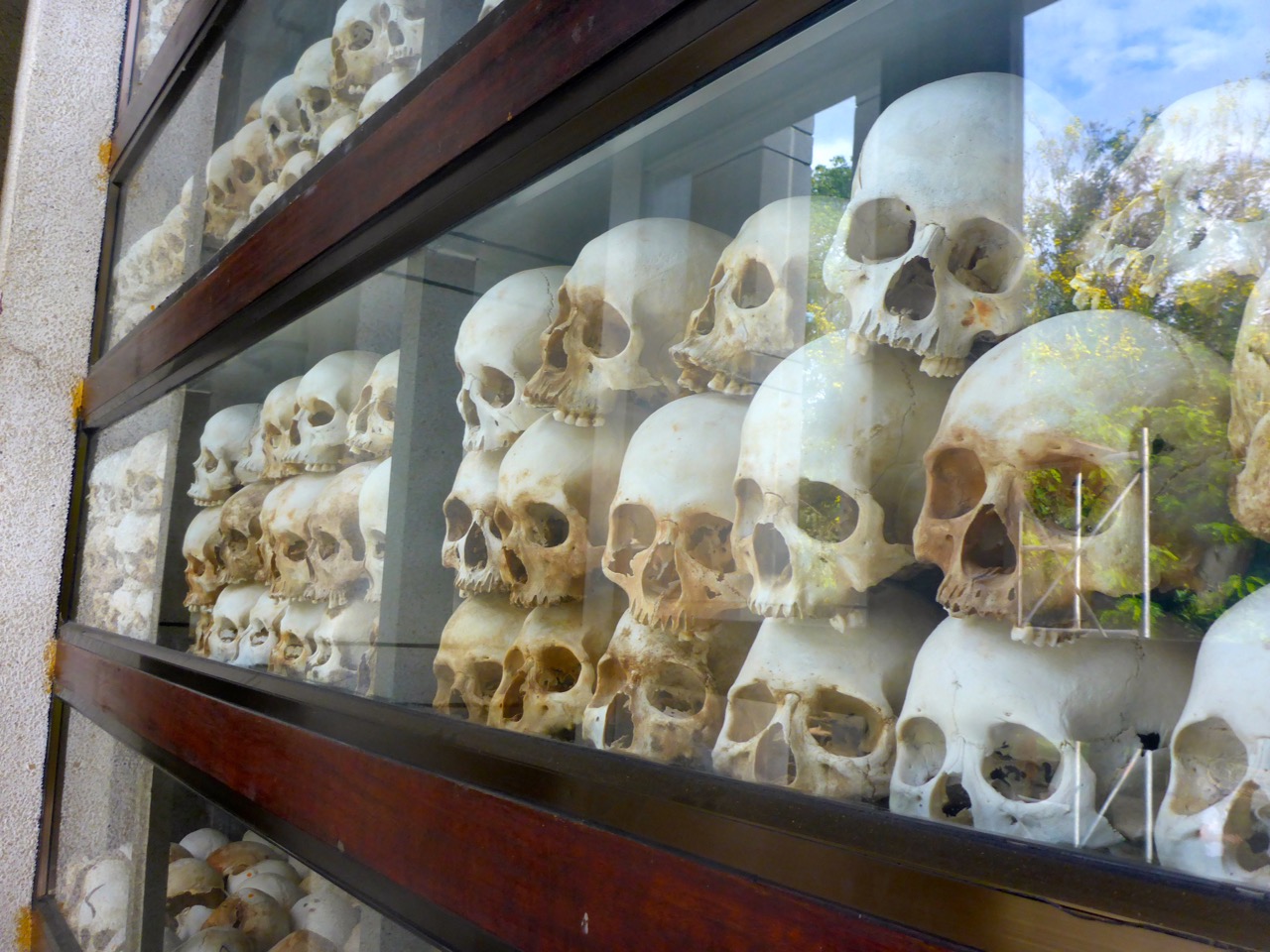
Comments
3 responses to “Phnom Penh, Cambodia & The Killing Fields”
Phnom Penh, Cambodia & The Killing Fields http://t.co/7yIbvRlPGe
#MissedInHistory http://t.co/2VzrAoWJLA
And to think it is still happening today, e.g. North Korea – the whole population brain-washed, forced labor, torture…
This makes me wonder what other major atrocities have happened around the world in history that I’m completely ignorant about.